This article was medically reviewed by Luba Lee, FNP-BC, MS and by wikiHow staff writer, Jennifer Mueller, JD. Luba Lee, FNP-BC is a Board-Certified Family Nurse Practitioner (FNP) and educator in Tennessee with over a decade of clinical experience. Luba has certifications in Pediatric Advanced Life Support (PALS), Emergency Medicine, Advanced Cardiac Life Support (ACLS), Team Building, and Critical Care Nursing. She received her Master of Science in Nursing (MSN) from the University of Tennessee in 2006.
There are 9 references cited in this article, which can be found at the bottom of the page.
This article has been viewed 8,820 times.
You likely don't think about toe injuries very much until it happens to you. But if you stub your toe or drop something on your foot, the pain can be intense. Fortunately, most toe injuries can be treated at home. However, some toe injuries require medical attention to completely heal. Regardless of whether you see a doctor for your toe injury, plan on keeping the weight off your foot for the next couple of weeks until the injury heals.[1]
Steps
Assessing the Degree of Injury
-
1Identify the specific location of the injury. If your toe is swollen or bruised, you might be able to immediately pinpoint exactly where your toe was injured. However, if your whole toe is swollen, you might have to move it around to figure out exactly where your toe is injured.[2]
- If your toe is crooked, the bone might be dislocated.
- If you're unable to bend your toe, you might have an injury to the joint. This could indicate either a sprain (injury to the ligaments surrounding the joint) or a broken bone.
- Combination injuries can be more difficult to assess. For example, if you have an open wound and also a broken bone, you might not be able to immediately differentiate between the two injuries.
-
2Look for symptoms of a broken toe. Even a broken toe can typically be treated at home without requiring medical attention. However, if you suspect that you've broken your big toe, you do need to see your doctor as soon as possible. The following symptoms indicate you've likely broken a toe:[3]
- Difficulty walking
- Pain and stiffness
- Bruising or swelling of the toe
- Bruising of the skin around the toe
- Bending up or to the side
Advertisement -
3Check your toenail for cracks or splits. If you've injured your toe, you might also have injured your toenail. Bruising under your toenail indicates blood has collected there. Although this typically will go away on its own as the nail grows, if the nail has cracked or split, you might lose it.[4]
- Don't attempt to remove a cracked or split toenail on your own. A doctor can do this safely so that you don't cause any additional injury or introduce an infection.
- If there's a significant amount of blood collected under your nail, it might cause discomfort. If it's causing you too much pain, you can get your doctor to remove it.
-
4Compare your injured foot to the other one. Provided you've only injured the toes on one foot, comparing them to the toes on your other foot can help you determine how injured they are. Look at the size and shape of the toes as well as the direction they're pointing.[5]
- If your toe is pointing in a different direction than it should, the bone is dislocated and will likely need to be reset by a doctor. Don't try to put the toe back into place yourself, you could cause additional injuries.
Tip: You can also compare the range of motion for your injured toe with the range of motion for the same toe on the other foot. This can help you determine how severe the injury is.
Caring for the Injury at Home
-
1Clean and disinfect any small cuts or scratches. If you notice any cuts or scratches on your toe or foot, wash your whole foot gently with soap and warm water. Apply a first-aid cream or gel to any cuts or scratches.[6]
- It can be difficult to cover cuts and scratches on your toes, especially if they're between the toes. However, put an adhesive bandage or piece of gauze over the cut if possible.
- If the cut is still bleeding, apply steady pressure for 5 to 10 minutes, or until the bleeding has stopped.
Warning: If your toe was injured by something dirty or rusty and you haven't gotten a tetanus shot in the last 5 years, call your doctor within 24 hours to get a shot.[7]
-
2Apply the RICE protocol to reduce inflammation. The RICE protocol (Rest, Ice, Compression, Elevation) provides basic treatment for a toe injury in the 24 hours immediately after the injury. Do this for 20 minutes every 2 hours while you're awake:[8]
- Rest: Don't put any weight on your foot. Put it up so that your toes are not pressing against anything.
- Ice: Use an icepack or bag of frozen vegetables. Place a washcloth or towel over your foot to protect your skin from the cold. You can also submerge your foot in an ice bath (a mixture of water and ice). Do not put the ice directly on your skin for any length of time. Use ice for the first couple of days after the injury to reduce pain and swelling.
- Compression: Wrap the injured toe tightly, but not tight enough to restrict blood flow. This will help reduce swelling.
- Elevation: Prop up your foot so that it's higher than your heart to reduce blood flow to your foot and curb inflammation.
-
3Avoid wearing shoes that constrict your toes. Depending on the severity of your injury, it can take a couple of weeks for a toe injury to heal. During that time, stay away from tight or pointy shoes that might put pressure on your injured toe.[9]
- Don't wear high heels while your toe is healing. They put undue pressure on your toes and could worsen the injury.
- Generally, open-toed sandals or loose sneakers are the best shoes to wear. If you have swelling, you might have to loosen the laces so your shoes will fit. If you can't fit your foot comfortably into any of your shoes, try wearing a bedroom slipper instead.
-
4Take over-the-counter medications as needed for pain. If your toe injury is painful, an over-the-counter medication, such as acetaminophen (Tylenol) or ibuprofen (Advil) can help. Ibuprofen also has anti-inflammatory properties.[10]
- Although you can use over-the-counter medications as needed, make sure you follow the dosage instructions on the bottle. If you feel like you have to use over-the-counter medications regularly for more than 2 or 3 days, you might want to call your doctor.
- If your pain gets worse despite taking over-the-counter medications, call your doctor as soon as possible. You may have a more severe injury or an infection.
-
5Keep weight off your foot as much as possible. Your toe will heal faster if you rest it as much as possible. Try to avoid doing a lot of walking, and don't engage in exercise or sports activities until your toe is healed.[11]
- If you're able to walk on your heel instead of your toe, you can avoid putting weight on the broken toe. You might also try using crutches or walking with a cane or walking stick.
- When you do have to put weight on your toe, move slowly and avoid bending it as much as possible.
Tip: If you're having difficulty or pain when walking, you might want to use a walking boot. Your doctor can fit you with one. You may also be able to buy one at a local pharmacy.
-
6Try buddy taping to splint your toe so it heals properly. If your toe is broken or bent out of shape, taping it to the toe next to it will give it more support and allow it to heal properly. Place a piece of gauze between the two toes you want to tape together, then wrap gauze and tape loosely around both of the toes.[12]
- If your toe starts to hurt or becomes numb, you may have it taped too tightly.
- Pay attention to how your toes are acting together. If you notice any new pain or discomfort, the buddy taping method might not work for you. You might also want to try taping the toe to the uninjured toe on the other side of it, if possible, and see if that works better.
Seeking Medical Treatment
-
1Get emergency treatment for severe injuries. If you have a deep wound or if the bone is poking through the skin, your toe injury is a medical emergency. Call the emergency number in your area or go directly to a hospital or emergency clinic for treatment.[13]
- While waiting for emergency treatment, keep your foot and toe as stable as possible. If there is bleeding, keep your foot raised and apply pressure to stop the bleeding.
-
2See your doctor as soon as possible for other injuries. Most broken toes can be treated at home and will heal completely. However, if the pain gets worse or the swelling doesn't go down within a day or two, you might want your doctor to take a look at it and make sure it's not more severe than you initially thought.[14]
- If you have any doubts, see your doctor within 2 or 3 days after the injury. The sooner your doctor looks at your toe, the more options will be available to ensure proper healing and a complete recovery.
- Tell your doctor exactly how you injured your toe, as that will help them determine the probable extent of your injury.
Tip: If you suspect a broken big toe, have a doctor look at it within 24 to 48 hours after the injury. Because your big toe carries more weight and is necessary for balance, injuring it is generally more serious than injuries to any other toe.
-
3Ask about getting an X-ray or MRI to determine the degree of fracture. If your doctor determines that your toe is broken or suspects that it is dislocated, an X-ray or MRI can help see exactly what kind of break you have. Your doctor will then prescribe a course of treatment based on the severity of the break.[15]
- If your big toe is broken, you might need to wear a cast for several weeks. A cast isn't typically needed for breaks with any other toe.
- If your toe is dislocated, your doctor might need to reset it. This is typically done with local anesthesia because, otherwise, the process can be quite painful.
- Rarely, you might need surgery to repair the toe. This typically happens with crushing injuries and other complex fractures.[16]
-
4Take a round of antibiotics if bone pierced the skin. An exposed bone presents a risk of infection, so your doctor will likely prescribe you a round of antibiotics. Take the complete round prescribed, even if you never see any signs of infection.[17]
- Bone infections can be persistent and might not respond to antibiotics. The worst-case scenario would be that you would need surgery to remove the infection. However, this is very rare.
Warnings
- Minor toe injuries can typically be treated at home. However, if you have significant pain and swelling or a deep, open wound, seek medical attention immediately.[18]⧼thumbs_response⧽
- A break or injury to your big toe is more likely to constitute a medical emergency than injuries to other toes.[19]⧼thumbs_response⧽
- If your toe is dislocated, do not attempt to reset it yourself — you might make the injury worse. A doctor will take X-rays to determine how the bone is broken before resetting it safely.[20]⧼thumbs_response⧽
References
- ↑ https://blog.providence.org/healthcalling/stubbed-your-toe-it-may-be-more-serious-than-you-think
- ↑ https://medlineplus.gov/ency/patientinstructions/000520.htm
- ↑ https://www.nhs.uk/conditions/broken-toe/
- ↑ https://www.seattlechildrens.org/conditions/a-z/toe-injury/
- ↑ https://health.clevelandclinic.org/suspect-a-broken-toe-how-to-tell-and-what-not-to-do/
- ↑ https://www.seattlechildrens.org/conditions/a-z/toe-injury/
- ↑ https://www.cdc.gov/tetanus/clinicians.html
- ↑ https://www.uofmhealth.org/health-library/tw4354spec
- ↑ https://blog.providence.org/healthcalling/stubbed-your-toe-it-may-be-more-serious-than-you-think
- ↑ https://www.seattlechildrens.org/conditions/a-z/toe-injury/
- ↑ https://patient.info/foot-care/broken-toe
- ↑ https://blog.providence.org/healthcalling/stubbed-your-toe-it-may-be-more-serious-than-you-think
- ↑ https://patient.info/foot-care/broken-toe
- ↑ https://www.foothealthfacts.org/article/big-toe-injuries
- ↑ https://www.foothealthfacts.org/article/big-toe-injuries
- ↑ https://patient.info/foot-care/broken-toe
- ↑ https://patient.info/foot-care/broken-toe
- ↑ https://www.seattlechildrens.org/conditions/a-z/toe-injury/
- ↑ https://www.foothealthfacts.org/article/big-toe-injuries
- ↑ https://health.clevelandclinic.org/suspect-a-broken-toe-how-to-tell-and-what-not-to-do/

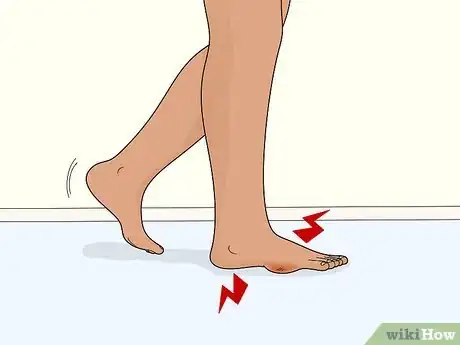
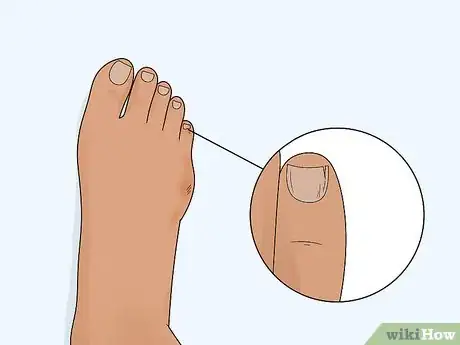

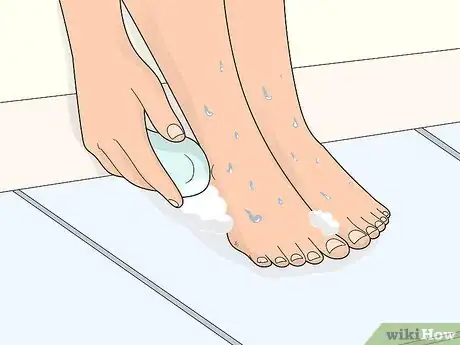

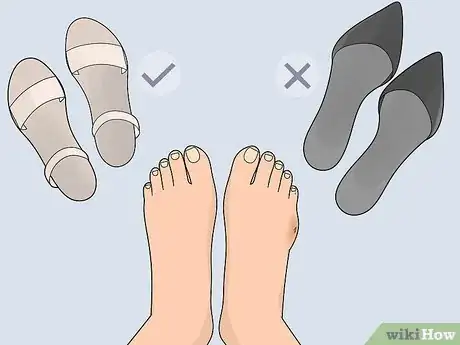


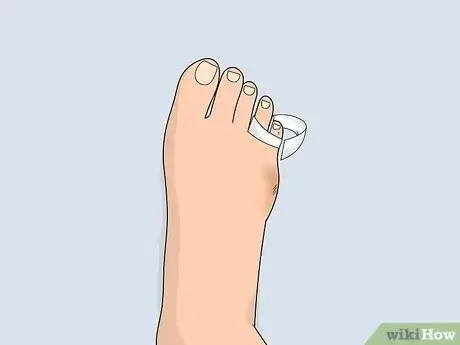
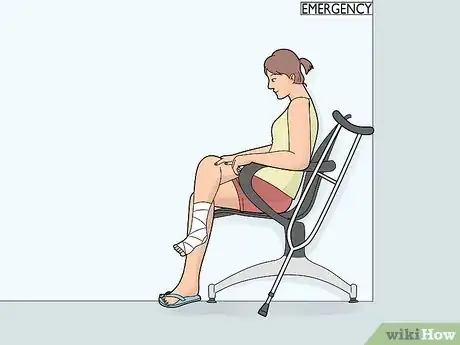

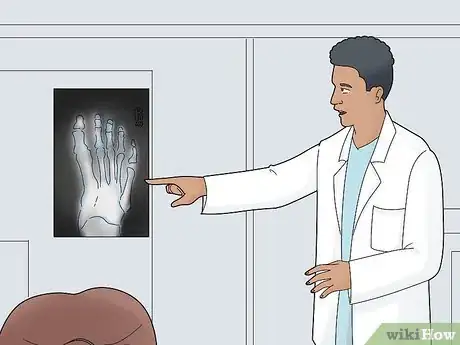
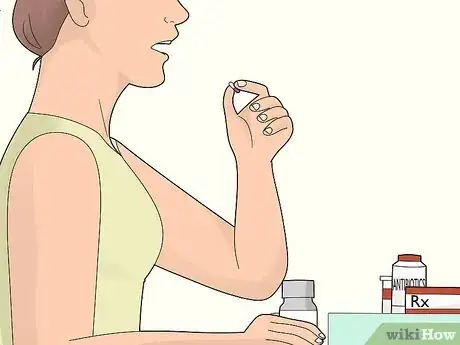
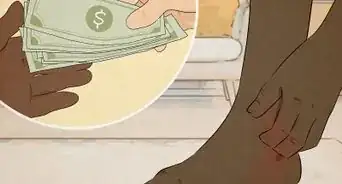
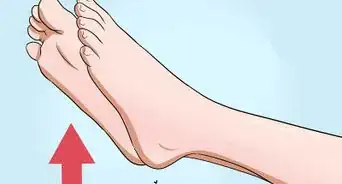
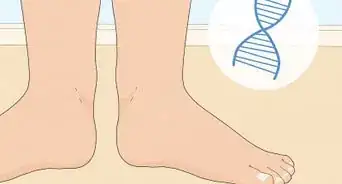

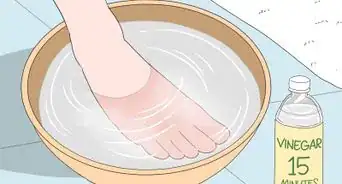
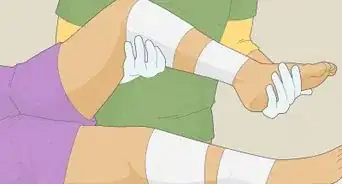
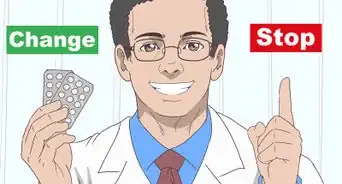















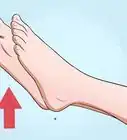

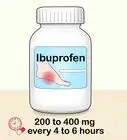



































Medical Disclaimer
The content of this article is not intended to be a substitute for professional medical advice, examination, diagnosis, or treatment. You should always contact your doctor or other qualified healthcare professional before starting, changing, or stopping any kind of health treatment.
Read More...